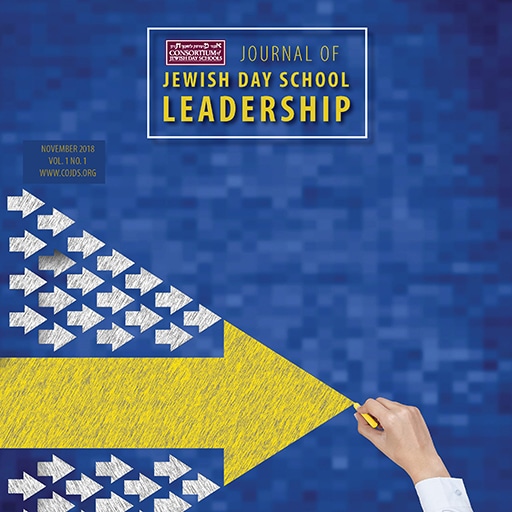
Seeking Submissions
January 3, 2022
CoJDS’ Curriculum Development–A Closer Look
January 17, 2022A friend of mine trained as a computer programmer, and after working for a few years in that field, he left his job and started a coding bootcamp. Coding bootcamps are short, intensive programs (measured in months, not years,) that train students to embark on a career as a coder, or programmer. The idea is that it’s possible to condense a traditional 4-year computer science program into 12 weeks or so, and graduates will know everything they need for an entry-level position in the field. Often, bootcamp students are adults looking to make a career change, and the idea of being able to acquire the skills needed in just several months is enticing.
When these bootcamps started to open a few years ago there were many competing programs, all with similar costs and durations and very little to set them apart. How was a prospective “bootcamper” to choose the right one? What would differentiate one from another and cause a program to stand out?
What matters most is the curriculum: the specific course of study that will enable the learner to acquire specific knowledge and skills. What does the bootcamp teach the student in those three months? What is the student able to do at the end of the course? The bootcamps that survived beyond the first few years were the ones that found the essential skills that graduates needed to be job-ready and figured out how to teach those skills in the three-month period.
Our schools are not bootcamps – we are not seeking to condense a muti-year course of study into just a few months. But we should focus no less on our school’s curriculum: the course of study that will enable out students to acquire the skills and knowledge necessary to meet our goals.
We teach so many different topics each day, and to so many different age groups of students. Teachers may have varying levels of training and experience, and perhaps even different priorities. The necessity for someone – or a group of people – to be consciously choosing a specific course of study should be apparent. But the development of such a curriculum, and its implementation into the many classrooms in a school, is not simple at all. In this edition of the Journal of Jewish Day School Leadership you will get to look at some curriculum design work being done, learn about implementation and adoption of curriculum in schools, and read about priorities being identified from among the many skills we teach.
Rabbi Dov Chastain describes the way his Judaic studies faculty worked together to create grade-level expectations across the school, and the excitement about curriculum that this process engendered. Rabbi Steven Penn writes about the way his school leveraged COVID-related staffing challenges to identify and implement a schoolwide approach to teaching Chumash. And an article I wrote argues that a valuable first step in curriculum development is recording your school’s curriculum-as-taught.
Mrs. Elana Katz calls for Chumash lessons that force student to be ameilim baTorah. Mrs. Cipi Junik shows how many of the best ideas in curriculum design can be found in the Torah. And Rabbi Dr. Uriel Lubetski and Mrs. Rivky Krestt use the Understanding by Design (UbD) model to develop curriculum for those teaching Mishna.
Mrs. Sharon Schwartz and Mrs. Esther Kirschbaum open a window into the unique way quality early childhood curriculum could bring out the most learning in our youngest students. Mrs. Adina Broder suggests that we apply the model of spiral curriculum to subject that we teach each year in the Judaic studies. And Rabbi Shmuel Stein identifies a five-step method for schools to develop an effective kriah program (abridged from his book on this topic.)
Readers of this journal are no doubt familiar with the work CoJDS has done in curriculum development. We are proud to present an interview with some of the creators – past and present – of these works, discussing what their goals are and what animates them in this area.
Rav Ahron Lopiansky addressed mechanchim last year as part of a CoJDS training program and we present here his very powerful message. In addition, we are honored to bring to you an essay based on a lecture given for CoJDS by Rabbi Dovid Engel, identifying the five ingredients needed to become a successful rebbi.
As always, we hope you find this edition to be informative, thought-provoking, and enjoyable to read. Feedback is welcome, too – email us at [email protected].

